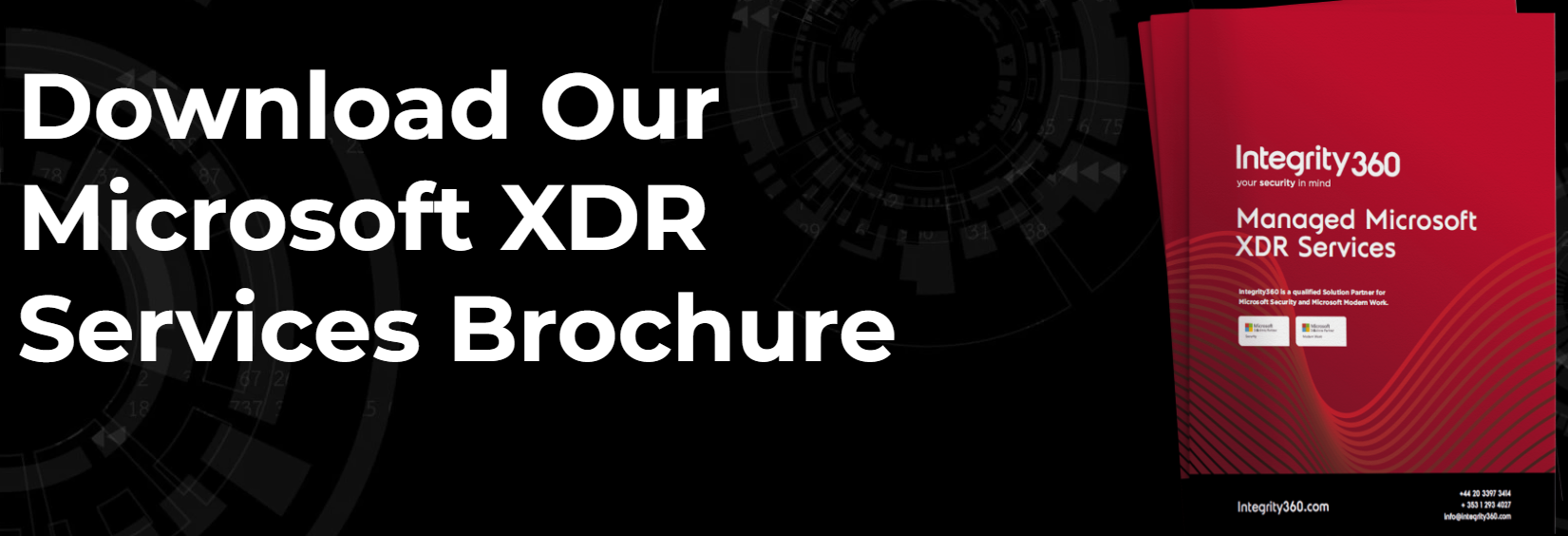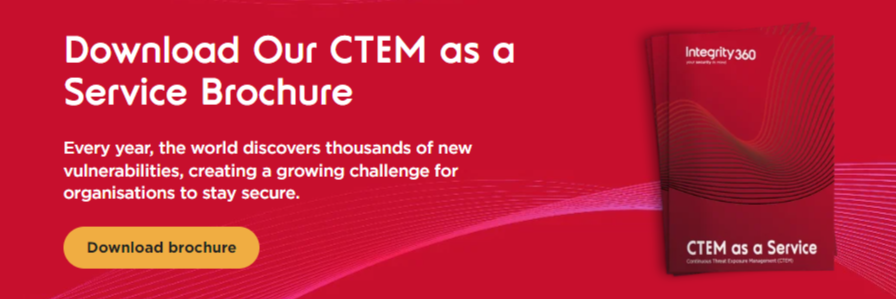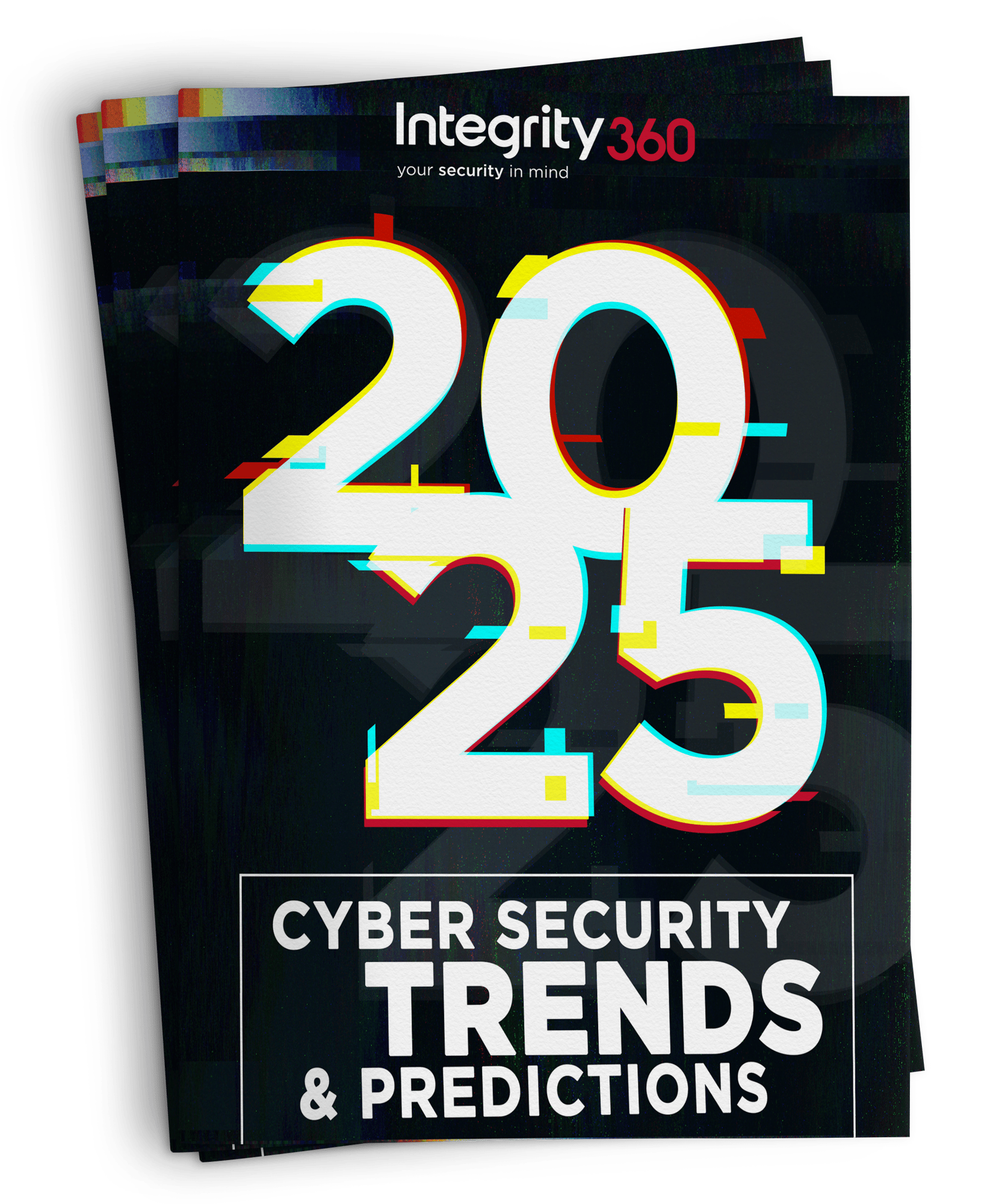As the cyber threat landscape evolves, staying ahead of emerging risks is crucial. Discover the key trends shaping cyber security in 2025 and how to prepare.
The human element: Our greatest weakness but also our greatest strength
The divide between man and machine has never been smaller. We’ve seen this lead to the emergence of deepfakes, which are relatively trivial to create, that can fool users into thinking they are interacting with real human beings. As AI technology continues to improve its going to become even harder to discern between what is real and what is fake. We can expect to see phishing scams and authorised push payment fraud become more sophisticated, for instance, necessitating better security awareness training to build a culture of vigilance. Employees need to become the first line of defence, transforming them into active participants in safeguarding the organisation against evolving threats, while more advanced detection technologies help to look for such incidents.
The extent to which the cyber security culture is embedded within the organisation will depend upon effective leadership. As a sector we still need to refine the way in which we communicate cyber security risks and strategies at board level, and how we translate technical challenges into relatable business impacts. If we get that right, it will become easier to secure executive buy-in that then results in meaningful action.
XDR to gain ground as a preferred alternative to SIEM
The Extended Detection and Response (XDR) market is finally reaching a consensus, enabling wider adoption and clear differentiation from traditional Security Information and Event Management (SIEM) platforms. XDR combines data collection across endpoints, cloud, identity, and networks to deliver comprehensive threat detection and response capabilities.
As SIEM platforms face criticism for being costly and rules-dependent, XDR is emerging as a more agile, scalable alternative. Its predictable pricing and unified approach make it an attractive option for organisations aiming to simplify security operations. By late 2025, XDR could become the default solution for most organisations, relegating SIEM to a niche role for larger enterprises with specific analytics needs.
The appeal of XDR lies in its capacity to provide full lifecycle security management—from threat protection to detection and response—offering an integrated approach that outpaces the often fragmented capabilities of SIEM. As AI becomes more embedded within security tools, XDR solutions are expected to surpass traditional SIEM systems, which may become increasingly niche, catering mainly to large enterprises requiring custom log analytics and extended retention.
Time to patch and remediate will lengthen due to the complexity of IT/OT systems and unsupported IoT
2025 is expected to see a significant rise in patching and remediation times for cyber security vulnerabilities, driven by the growing complexity of IT/OT systems and the prevalence of unsupported IoT devices. Our 2024 findings reveal that it takes organisations an average of 97 days to address critical vulnerabilities and 146 days for low-impact ones, far above best practice recommendations of 7-30 days. These delays expose organisations to extended windows of risk, allowing attackers to exploit known vulnerabilities.
Several obstacles make timely patching challenging. Many vulnerabilities span interconnected IT and OT systems, which makes them difficult to isolate and repair without risking downtime for critical operations. Some IoT devices, no longer supported due to vendor bankruptcies or obsolete technology, further complicate efforts, as these devices lack patching capabilities or official updates. Additionally, many end-user devices fall through the cracks in patch cycles, either because they are not properly accounted for or due to the limitations of existing patching tools.
A worrying trend is that organisations often focus on new technologies rather than on fundamental cyber hygiene practices, leading to repeated patching delays. Until organisations prioritise system configuration, patch management, and vulnerability tracking, these extended remediation timelines will persist, leaving networks vulnerable to exploitation. Our research also indicates that Java, Zoom, Microsoft products, and Chrome are among the most frequently unpatched software, highlighting the need for improved visibility and exposure management to reduce overall threat levels effectively.
AI will mature, driving autonomous cyber security tools
As we move into 2025, trust in Generative AI is set to grow, accelerating its adoption. Despite early challenges such as data leaks and "hallucinated" results, the narrative is shifting as vendors refine their models and organisations establish governance frameworks to mitigate risks. These improvements will help organisations unlock AI's potential and realise returns on their investments.
To date, Generative AI's role in cyber security has largely been as an assistant—summarising data rather than analysing it deeply or responding independently. However, as the technology matures, it is poised to transition from augmentation to autonomy. By late 2025, organisations are likely to embrace AI-driven autonomous responses, marking a new era for Security Operations Centres (SOCs). The AI-augmented SOC will see machines sharing responsibility for decision-making and incident response, reducing reliance on human analysts for first-line actions.
The evolution of AI tools could transform the cyber security landscape, positioning them as more than assistants and advancing towards autonomous, decision-making roles. By automating routine tasks and providing more accurate threat analysis, AI-driven SOCs would free human analysts to focus on more complex, strategic tasks, potentially reshaping cyber security operations and response protocols in organisations across industries.
Budgets and spend will focus on driving vendor consolidation
As economic challenges continue, 2025 is expected to bring a strategic shift in how organisations allocate cyber security budgets, with a focus on vendor consolidation. While cyber security spending has generally been insulated from economic downturns, inflation and rising costs are now putting pressure on organisations to manage spending more carefully.
The squeeze on cyber security budgets, alongside competing pressures such as the availability of cash and credit, will continue to be felt in the vendor space resulting in more vendor consolidation.
Many organisations will look to consolidate their vendor portfolios or outsource security functions to managed security service providers (MSSPs). By reducing the number of platforms to monitor and simplifying vendor relationships, organisations aim to improve efficiency and streamline security management, often by consolidating with trusted providers that offer multi-layered, all-in-one solutions. Vendor consolidation can also lower costs associated with managing multiple vendor contracts and diverse systems, freeing resources to address core security concerns.
This drive for consolidation will also likely lead to increased mergers and acquisitions within the cyber security sector in 2025. Larger vendors may seek to gain market share and expand their capabilities through acquisitions of smaller, innovative companies, creating comprehensive solutions that can address a range of security needs. The vendor landscape in cyber security will continue to evolve, favouring companies that can offer robust, consolidated platforms.
Just some of the mergers and acquisitions in 2024
- Cisco- Splunk ($28 billion)
- Palo Alto – IBM QRadar ($500 million)
- Hewlett Packard Enterprise - Juniper Networks for ($14.3bn)
- Rapid7 - Noetic Cyber (no details released)
- Fortinet – Next DLP ($96 million)
- Armis – Silk Security ($150 million)
Quantum computing could become a reality and a threat to encryption
Quantum computing could become a transformative force in 2025, with significant implications for data security and encryption methods. Traditional cryptographic techniques, which have underpinned data protection for decades, may soon be rendered vulnerable by quantum computing's vast processing power. Unlike classical computing, which relies on binary states, quantum computing can perform calculations at speeds and complexities previously thought impossible, posing an existential threat to encryption algorithms that depend on complex mathematical problems for security.
As quantum technology becomes commercially viable, it will challenge current encryption methods, sparking a period of urgency among organisations to adapt their security strategies. Quantum-resistant encryption techniques are already in development, but the transition will be complex and costly. Organisations that rely heavily on embedded encryption, such as those in finance and healthcare, will be especially vulnerable, as retrofitting quantum-resistant solutions could require significant overhauls to infrastructure.
This shift will likely lead to a surge in demand for quantum-secure products and services, marking a new phase of investment and innovation in cyber security. Companies that act swiftly to adopt quantum-resistant encryption will be better positioned to maintain the integrity of their data assets, while those slow to adapt may face heightened risks as traditional encryption methods become easier to break. Quantum computing’s entry into the mainstream will be a defining moment for cyber security, reshaping the landscape and setting new standards for data protection in the face of unprecedented computational power.
The National Institute of Standards and Technology (NIST) is advancing efforts to develop post-quantum encryption standards to protect against future quantum computing threats. Quantum computers could potentially break traditional cryptographic algorithms, jeopardising sensitive data. NIST’s initiative includes rigorous testing of new algorithms designed to withstand quantum attacks. These advancements aim to future-proof global cyber security frameworks, ensuring robust encryption in the era of quantum computing.
Cloud security will evolve thanks to CNAPP and CTEM adoption
Cloud security is undergoing a transformation. The shift to native cloud applications is driving demand for Cloud Native Application Protection Platforms (CNAPPs), designed specifically to secure modern, cloud-centric environments and applications that run within them. This evolution is also reshaping security teams, placing greater emphasis on cloud expertise as a core competency.
Meanwhile, vulnerability management is evolving into Continuous Threat Exposure Management (CTEM), which goes beyond traditional practices to provide a continuous, proactive approach to mitigating cyber risks. CTEM reduces the time taken to address critical exposures, by focusing on key risk areas and leveraging automation. This integrated approach to managing vulnerabilities and risk will become a cornerstone of organisational security strategies moving forward.
Cyber security in 2025 will require proactive strategies and constant adaptation. Stay informed and implement robust defences to safeguard your organisation.











